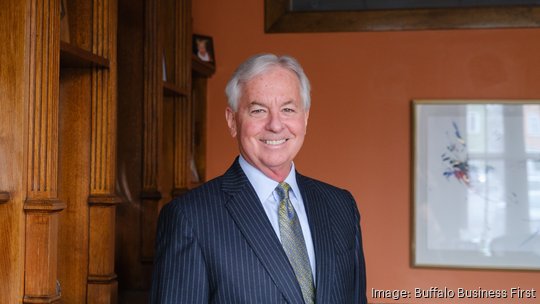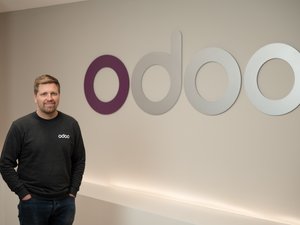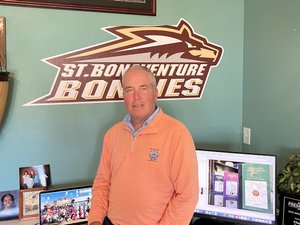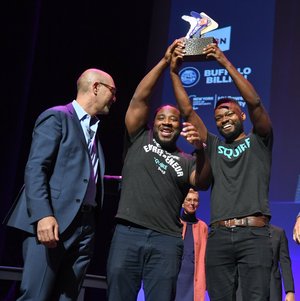
Many companies and organizations talk about social impact. But for the WNY Impact Investment Fund, it’s more than a goal. It’s an approach to investing that’s baked into how the fund analyzes potential deals.
The fund started in 2017 and has custom-built a program to measure social impact. The aim is to equally balance social impact and financial sense so that its portfolio makes market rate returns while doing social good.
“We realized we had to get really formal about what we dictate to ourselves what social impact is,” said CEO Tom Quinn. “We set about getting very pragmatic about what it is and how do we measure it and then how do we report it?”
The team and its board came up with major pillars to define social impact and, after George Floyd’s murder, intentionally added a diversity, equity and inclusion lens spread across each pillar. (Currently, there are six pillars: employment, operations, neighborhood revitalization, health, environment and an “other” category that’s company specific.)
The Fund also utilized existing academic and philanthropic standards to tangibly measure social good under each pillar. That was done with the help of the organization’s board and social impact committee, which is made up of many philanthropic players that invested in the Fund.
Most of the measurements are quantitative, such as the percentage of total number of individuals trained who are part of marginalized groups, a definition that the Fund also has clearly spelled out. Then there are more qualitative standards, such as if the company has a greenhouse gas emissions reduction strategy.
“We’ve walked away from more deals because of their lack of social impact than we have from lack of financial ability,” Quinn said. “It’s difficult what we do and to remain true to co-equal. We believe it’s incredibly important but it's also different and not easy.”
Companies that receive investments also get targets for different social impact metrics, and the Fund does a deep dive on how each business is doing with social good and those targets twice a year, though Quinn noted companies don’t get punished for not meeting the targets.
How is the investment model working so far?
As of late last year, the fund had made 20 investments, totally about $10.5 million, in 13 companies.
The fund raised $8.15 million to invest in its Series 1 fund, which is in its harvesting period. The organization raised another about $12.5 million in its second fund, which it’s now actively investing from.
So far, Series 1 has done one $1 million distribution and was recently valued through audited financials at about $19 million.
The organization's social impact includes helping through its portfolio companies to create over a half a million jobs, about 73% of which are filled by people from marginalized communities, according to Quinn.
It’s “crazy hard” to strike that balance between financials and social impact, he added. But while the fund started out planning to do safer mezzanine debt, its focus has pivoted.
“It took the courage of a board to move our risk profile to more early-stage companies,” he said. “You’re going to probably have more failures, but your successes should have incredible upside.”
How should other funds and companies measure social impact?
Quinn, who has started and exited five companies, said he often gets calls from investors asking how to create social impact or focus on DEI.
For funds, he said they need to be open-minded about the risk levels they’re willing to take and the investment vehicles they use. For example, the WNY Investment Fund has contributed to what could be considered pre-Series A through Series C rounds.
For organizations, “start slow and learn fast,” he said. And be flexible.
That means picking two to five categories of social impact that are important to your individual business and that your company can really have an effect on. Ideally, those parameters should be built from the bottom up, meaning the categories align with what’s important to the workforce.
Then, talk about it, measure it, socialize it and live it.
“You can’t write a paper on it or whatever, a thesis on it and then put it on the shelf,” Quinn said. “Why bother?”








